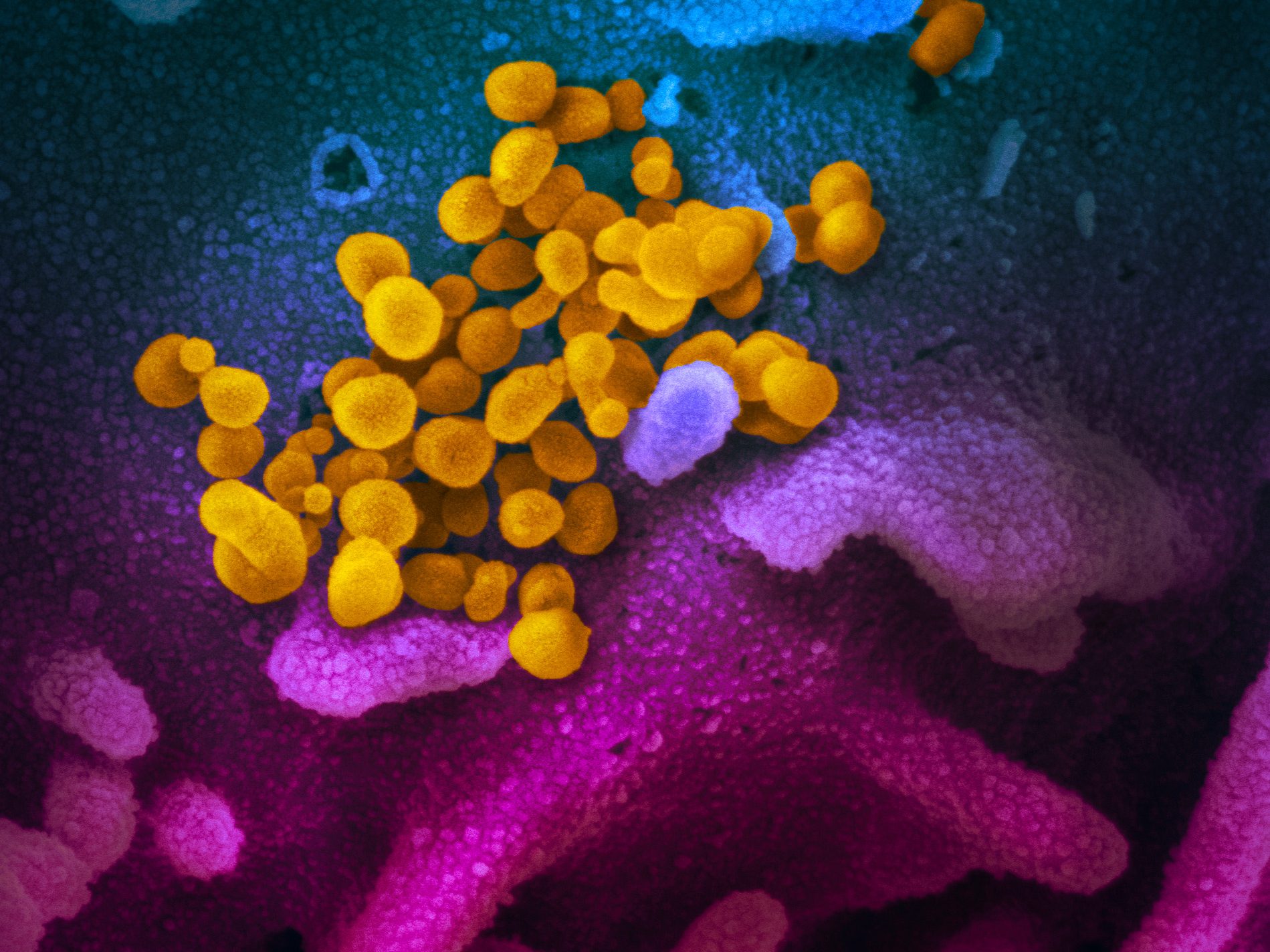
Alaska health officials have had a keen eye on the development of a coronavirus vaccine. That includes recent news from Pfizer and Moderna that each of the pharmaceutical companies’ candidate vaccines are more than 90% effective.
And while that’s some very good news at a time when case counts are skyrocketing, there will be challenges with getting the vaccine to people, especially in rural areas like those in Alaska.
Tessa Walker Linderman is a member of the state’s COVID-19 Vaccination Plan Task Force. She says it’s possible that if everything goes perfectly, the earliest the vaccine might show up in Alaska is mid-December.
LISTEN HERE:
Full transcript of Alaska Public Media’s Casey Grove’s interview with Tessa Walker Linderman, a member of Alaska’s COVID-19 Vaccination Plan Task Force.
Tessa Walker Linderman: We do have some indication of what the timeline may be just knowing the process for FDA approval. Both Moderna and Pfizer have talked about their timelines. And I think very best case scenario, we’d be looking at mid-December. But again, that means if … everything happens perfectly on time, and they get immediate approval, and they’re able to get recommendations from the CDC quickly. So I would say in the best case scenario, we’re looking at mid-December for a very, very limited amount of vaccine coming into Alaska.
CG: One thing that’s come up with at least this Pfizer vaccine is that it sounds like it needs to be stored at very cold temperatures like negative 70 degrees Celsius. That seems like a challenge just to get it to Alaska. But then also, we have rural areas that are going to need this vaccine. And I wonder, are you starting to think about how that would work?
We are. The Pfizer vaccine is a fairly complicated vaccine, just as you said it needs to be stored in negative 60 to negative 80 degrees Celsius. Fortunately, we do know that it can be in refrigerated temperature 2 degrees to 8 degrees Celsius for five days. And so our immunization program is working through the logistics of that, of transferring it from the ultra cold to a refrigerated shipper. And by the time they get the vaccine, you know, potentially a few days maybe lost just because of travel. And so really trying to work with communities to think through vaccinating in 72 hours, what they what they’re able to do. And then what I just keep trying to reiterate is, you get that first amount and you vaccinate the identified population. But we are anticipating that we will be receiving vaccine on a fairly regular basis once it’s approved. They’re just going to continue manufacturing it and sending it out. So we’re really utilizing the same system that we use for all vaccines in Alaska through our immunization program.
CG: Generally, do we have enough people to do the vaccinating?
So that is a great question. And we are working around the clock to get providers enrolled into the COVID vaccine program. And we are really especially partnering with pharmacies to be able to provide vaccine. They are in the communities they have, you know the knowledge and the skill set and are really seem eager to participate in this effort. We’re also working with community health centers to be vaccination sites. And then …. even though children are not able to actually receive at least these initial vaccines – we don’t have enough data yet for children – we’re even seeing pediatrician offices and other nontraditional vaccinators that just want to be a part of the solution and are asking or enrolling and saying ‘What can we do? How can we help?’ So we do feel good about where we’re at in terms of providers.
CG: The vaccine stimulates your body to make just the proteins of the Coronavirus, and then your body learns, its immune system learns, to deal with the Coronavirus after that. But that sounds kind of complicated. And I guess how do you convince people to get it? And how do you convince people that maybe think that this is some kind of a conspiracy or something? How do you convince them to get it?
That’s a really great question, we get that a lot. And, you know, even for myself as a healthcare professional, and I’ve been following this the whole time and I still I want to see the clinical trial data, I want to see what the FDA and CDC say once they review all of the information. I don’t think anyone should go into it blindly. But we do know a vaccine is coming. And I’m hoping that it will clearly be a safe and effective vaccine. We want to be ready to be able to distribute and give vaccine to as many people who would like to get it. And so we’re planning into that void right now, since we don’t know everything about the vaccine, but we’re planning and anticipating that we will get the information that we need. But certainly we have a communications and education team completely focused on this, on being able to help educate the public and just understanding what all of the information means that that does come out. But we’re still waiting for that. But we will certainly be on top of that. Because I know even all of us that are working closely on this effort, we would like to see what really comes out of the trials, before we take it.
CG: All of this kind of makes me think of the end of the movie Contagion where they like have the vaccine in their hands. And it’s very celebratory, it’s like this thing is over. But that’s also just a movie. And so I wonder, what do you think that’s going to be like, is it going to be like that celebratory feel, are we going to have to carry on with other precautions and it’s not really over at that point?
Well I think we’ll certainly celebrate when the vaccine, it does arrive. But yes, that’s just the first step in really getting to the end of the pandemic, there will still need to be mask-wearing and social distancing. We won’t be able to vaccinate everyone on day one. So it will just be a process and we’ll still need to be cognizant that there are people who have not been vaccinated. So we certainly will continue encouraging other public health measures to reduce the spread of COVID while we are working to get as many people vaccinated as we’d like to get it.
Casey Grove is host of Alaska News Nightly, a general assignment reporter and an editor at Alaska Public Media. Reach him atcgrove@alaskapublic.org. Read more about Caseyhere.





